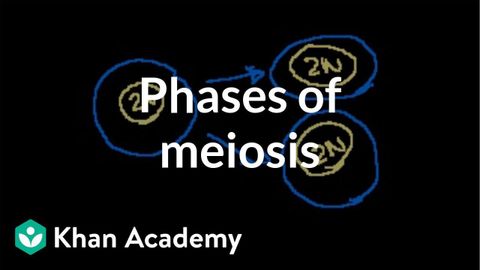
字幕と単語
動画の中の単語
bit
US /bɪt/
・
UK /bɪt/
- n.馬銜(はみ);少し : 部分;ビット;錐;小銭;ちょっとしたこと
- v.i.魚が餌に食らいつく
- adv.少し
- v.t.噛んだ
- idiom全く~ない;自分の役割を果たす
A1 初級
もっと見る split
US /splɪt/
・
UK /splɪt/
- adj.決別した;割れた;対立の
- v.t./i.真っ直ぐに切って分けられる;割れる;対立する;分割する;公平に分ける
- n. (c./u.)対立;分離
A2 初級
もっと見る draw
US /drɔ/
・
UK /drɔ:/
- v.t.引く;引き込む;引っ張る;引き出す
- n. (c./u.)引きつけるもの;くじで引き当てたもの;引き分け
- v.i.近づく;引き分けになる
- v.t./i.線を引く : 描く
A1 初級TOEIC
もっと見る エネルギーを使用
すべての単語を解除
発音・解説・フィルター機能を解除
